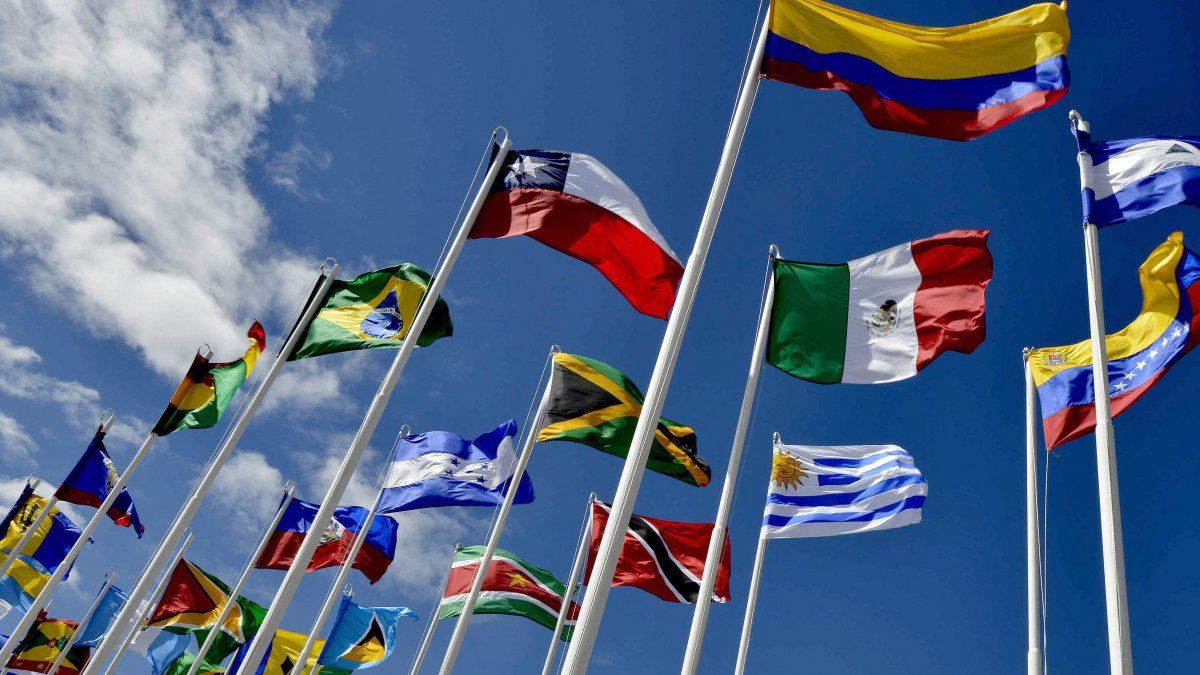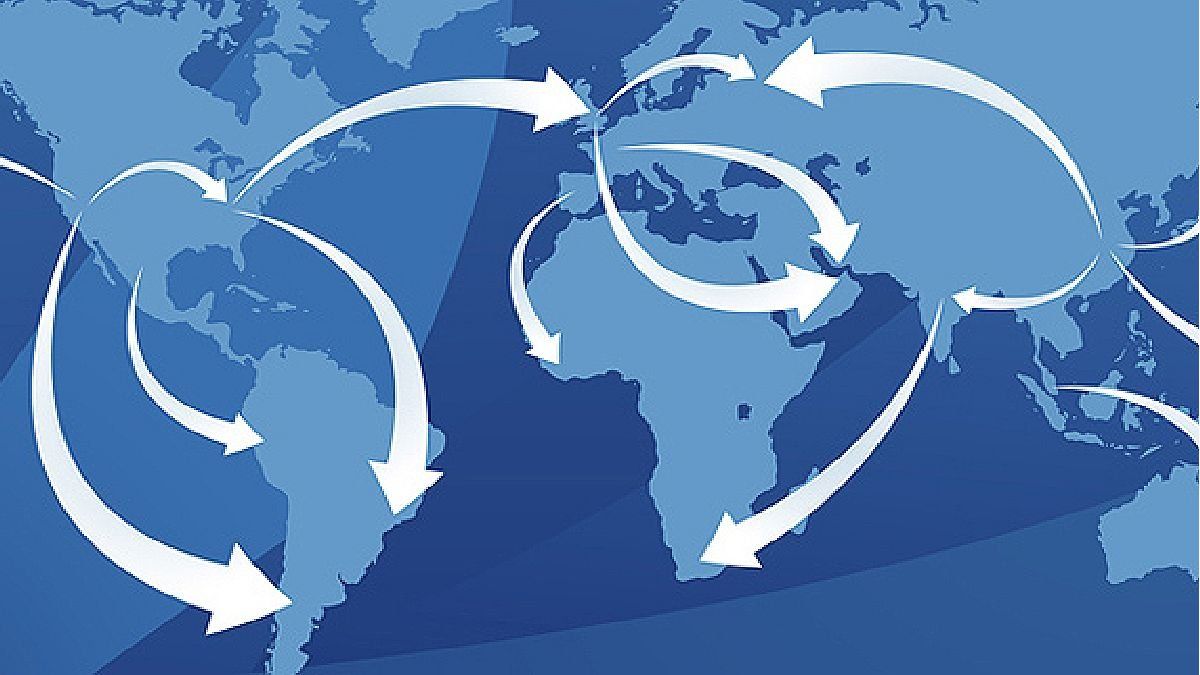The Argentine economy would fall by 2% in 2023, according to estimates by the Economic Commission for Latin America and the Caribbean (ECLAC). Meanwhile, as a whole the economies of Latin America and the Caribbean will grow by 1.2%less than the previous year, affected by lower growth in the economy and world trade.
As announced this Thursday by the agency dependent on the United Nations for the region, in a “context of growing external uncertainties and internal constraintsECLAC hopes that in Latin America and the Caribbean deepen the slowdown in economic growth during 2023which will reach a rate of 1.2%,” according to a statement.
The Commission further considers that all subregions would show lower growth in 2023 compared to 2022: South America will grow 0.6% (3.8% in 2022), the group made up of Central America and Mexico it will do so by 2% (compared to 3.5% in 2022) and the Caribbean (not including Guyana) will grow 3.5% (compared to 5.8% in 2022), as detailed in a report.
In addition to the Argentine economy, the body expects that Chili fall 0.3%, while Brazil would grow by 0.8% and Uruguay, Peru, bolivian and Ecuador will increase by 2% each.
Likewise, ECLAC remarked that the increases experienced by interest rates worldwide added the financial turmoil observed at the beginning of March, which accentuated the uncertainty and volatility of the financial markets.
“Yes ok inflationary pressures have slowedit can be expected that monetary policy rates remain high throughout 2023 in the main developed economies,” the report states.
table_projections_cepal_april-2023_en.pdf
Challenges for 2023: inflation, debt, interest rate and fiscal sustainability
In 2023, the countries of the region will once again face a limited space for fiscal and monetary policy. As in the rest of the world, inflation in the region shows a downward trend, and although it is expected that it could be close the conclusion of the interest rate hike process in several countries, the effects of restrictive policy on private consumption and investment will be felt more strongly this year, given the lags with which monetary policy works.
In fiscal authorities have little room for manoeuvre, as levels of security remain high public debt.
In a context of high demands for public spendingmeasures will be required to strengthen the fiscal sustainability and even expand fiscal space by strengthening the collection and redistributive capacity tax policy, warns the agency.
Thus, “South America will be affected by the drop in commodity prices and due to the space restrictions that the domestic policy has to prop up activity“.
While, high inflation has impacted real income and it is having effects on the private consumption and the investment in the countries.
For the economies of Central America and MexicoAlthough this year’s growth represents a slowdown compared to 2022, in some cases there have been upward revisions compared to what ECLAC forecast at the end of last year.
“This because of the upward revision of US growththe main trading partner and first source of remittances from their countries, which would affect both the external sector and private consumption,” they detailed.
In addition, the lower energy prices planned for this year compared to 2022 would act in their favour, given that several of them are net importers of energy.
Source: Ambito




